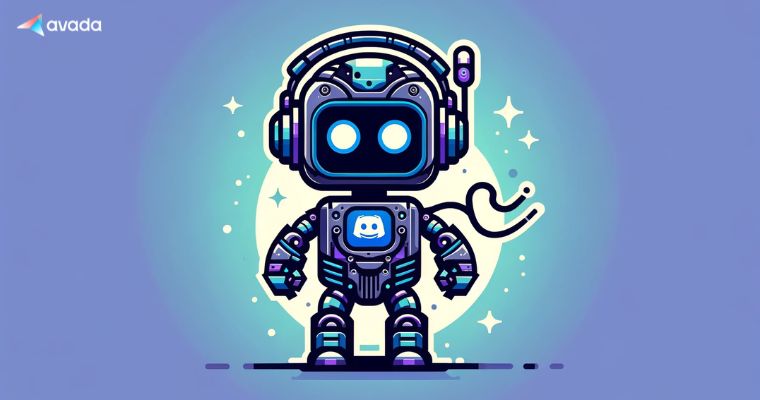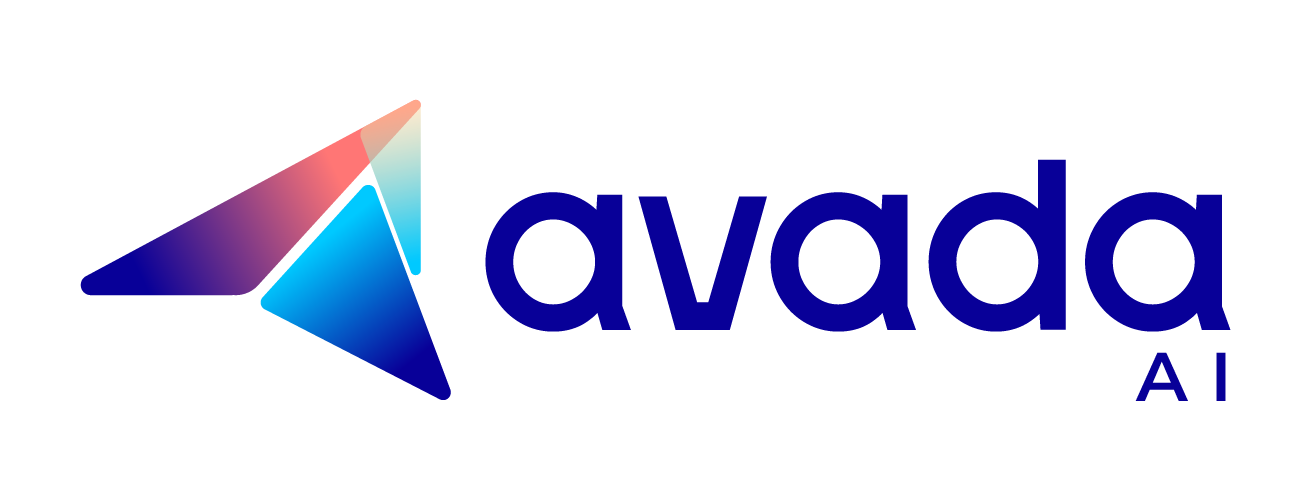ChatGPT Large Language Model: Learn Everything From Scratch
In this article, we’ll delve deep into the workings of the ChatGPT Large Language Model, examining how this technology transforms how we interact with digital content.
- LLM ChatGPT is a sophisticated AI chatbot powered by OpenAI’s Generative Pre-trained Transformer architecture, designed to facilitate human-like interactions.
Is ChatGPT an LLM (Large Language Model)?
ChatGPT is a sophisticated example of an LLM (Large Language Model) designed to simulate user conversational exchanges by mimicking human-like responses. This AI model thrives on its ability to draft texts, ranging from concise responses to extensive articles, and even managing lists or addressing specific inquiries.

ChatGPT LLM operates online and is accessible to a wide audience who can start interacting after a simple sign-up training process. It is built on a framework trained on extensive text training data from the internet, enabling it to understand and generate language effectively.
This training helps ChatGPT recognize the contextual relationships between words, enhancing the accuracy and relevance of its responses. The model’s performance largely depends on the clarity and precision of the user’s prompts, ensuring that the output is tailored to be as useful as possible.
The ChatGPT model
The ChatGPT model, developed by OpenAI, represents a significant advancement in artificial intelligence through its basis in the generative pre-trained transformer (GPT) architecture.

This design allows ChatGPT to extend a given snippet of text, effectively “continuing” the conversation. This capability enables it to respond in contexts ranging from everyday casual chats to more complex and specialized topics, often matching or surpassing human brain performance in speed and relevance.
This model is similar in structure to other large language models like Google’s Pathways or BERT. Yet, each has its unique configuration of layers and parameters that define its capabilities.
The sophistication of these AI models, including ChatGPT, hinges on these configurations, which determine how well they can interpret and generate programming language based on the input they receive.
3 Main ChatGPT LLMs
To have a deep learning about the evolution of OpenAI’s groundbreaking technology, we can identify three main iterations of the LLM ChatGPT: GPT-3, GPT-3.5, and GPT-4. Each version has built upon the last, enhancing capabilities and expanding the scope of their applications.
GPT-3 models
The GPT-3 models, pioneered by OpenAI, are designed primarily as instructive tools, generating text based on explicit commands given by users.
This model excels in tasks where precise instructions are provided, producing specific content aligned with the directives it receives.

This LLM ChatGPT is adept at various applications, from drafting articles to coding assistance, thanks to its ability to interpret and execute clearly defined tasks.
Despite its vast capabilities, GPT-3’s main limitation is its focus on instruction-based tasks rather than fluid, conversational engagements. While it can generate accurate and on-point text, it may not always deliver the conversational nuance that comes more naturally to human feedback and interactions.
GPT-3.5 models
Building upon the solid foundation set by the generative AI version (GPT-3); the GPT-3.5 models – launched in early 2023 – are optimized to maintain their predecessors’ instructive capabilities while providing more dynamic and engaging responses in chat-based applications.

However, the adaptability of GPT-3.5 comes with its quirks, sometimes generating outputs that might be considered overly creative or excessively conversational.
This LLM ChatGPT can be particularly noticeable in scenarios where conciseness and straightforwardness are required, showcasing a shift towards a more relaxed and interactive communication style compared to the more formal GPT-3.
GPT-4 models
The advent of GPT-4 in mid-March 2023 marked a significant leap forward in the evolution of large language models. As a multimodal model, GPT-4 can process both existing text and image inputs, broadening its applicability across different media types.

This enhancement is coupled with improved reasoning capabilities, which enable the model to tackle more complex problems, ranging from intricate mathematical calculations to sophisticated problem-solving tasks.
GPT-4 not only extends the contextual understanding significantly, using more tokens compared to its predecessors, but it also comes at a higher computational cost.
Despite this, the investment in using this LLM ChatGPT can be justified by its enhanced precision and the breadth of tasks it can handle, making it a powerhouse for users needing cutting-edge AI capabilities that span various domains of knowledge and inquiries.
The Parameters of ChatGPT LLM
Now, we will explore the key components that define the architecture and capabilities of the LLM ChatGPT, including transformer architecture, tokens, context windows, and neural network parameters.
Transformer Architecture
The Transformer Architecture is the backbone of the ChatGPT models. This framework, developed by OpenAI for its GPT (Generative Pre-trained Transformer) models, revolutionized how machines understand and generate human language.

Its core mechanism is the self-attention mechanism, which allows the machine learning model to weigh the importance of different random words in a sentence, regardless of their position. This is crucial for understanding the context and generating coherent and contextually appropriate responses.
Transformers process data in parallel, significantly speeding up the training and making training on extensive datasets possible.
Tokens
In LLM ChatGPT, tokens are the fundamental units of human-written text that the model processes. Each text input into the model is broken down into tokens: next word, parts of words, or even punctuation.

The model’s vocabulary is pre-defined, and each token corresponds to a unique identifier the model understands. This tokenization is critical as it converts raw text into a format the neural network can process.
The processing of tokens is intricately linked to the model’s performance. The way tokens are interpreted affects everything from the model’s understanding of one programming language nuances to its response generation capabilities.
Moreover, the efficiency of token processing directly influences the speed and scalability of the model, highlighting the importance of a well-optimized tokenization system within the GPT framework.
Context Window
The Context Window in ChatGPT refers to the amount of text the model can consider simultaneously when generating responses or processing information.
This critical parameter determines how much previous dialogue or text the model can refer to to maintain a coherent and contextually relevant conversation or text generation.

The context window size varies across different versions of the GPT models, with more advanced models capable of handling larger contexts.
A larger context window allows the model to produce more connected and sensible outputs, especially in complex conversations that require referencing earlier exchanges.
This capability is essential for maintaining the flow and relevance of the dialogue, particularly in scenarios like technical support, storytelling, or any detailed discussion that spans multiple turns.
Neural Network (Parameters)
The capabilities and intelligence of LLM ChatGPT are largely defined by its neural network architecture, particularly the number of parameters it possesses. Each parameter in the network is a piece of learned information that the model uses to make predictions or generate text.

Essentially, these parameters are the “knowledge” the model has acquired during its training phase on vast datasets.
The number of parameters is a key indicator of the model’s potential complexity and depth. For instance, GPT-3 features 175 billion parameters, allowing it to handle a wide range of tasks with high proficiency. More parameters typically mean the model can discern more subtle patterns in existing data, improving its accuracy and the finesse of its outputs.
However, increasing the number of parameters also demands more computational power and better optimization to effectively manage the increased processing load.
In conclusion
In conclusion, understanding LLM ChatGPT is crucial for appreciating how its transformative technology shapes the future of digital communication and artificial intelligence.
FAQs
What is ChatGPT?
How does the Transformer Architecture benefit ChatGPT?
What are tokens in the context of ChatGPT?
What is the importance of the Context Window in ChatGPT?
Why does the number of parameters matter in ChatGPT?

ChatGPT’s Second Anniversary

How to Use Kayak ChatGPT Plugin to Plan Your Trip

